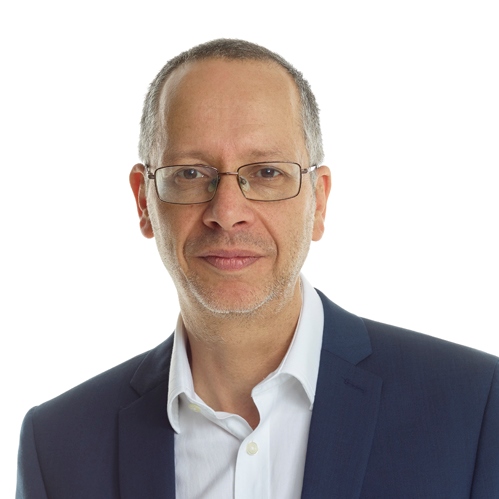Publications, 2014 –
The application of ceramic microfiltration membranes to the tertiary treatment of produced water from an Arabian Gulf oilfield has been studied using a dedicated pilot plant. Studies were based on a previously published protocol in which the retentate stream was recycled so as to successively increase the feed concentration throughout the experimental run. Chemical cleaning in place (CIP) was applied between each run and the flux and
permeability recovery recorded for various cleaning protocols studied, the CIP being based on the combination of caustic soda (NaOH) and citric acid. Surface analysis of the membrane, and specifically its hydrophilicity, was also conducted.
Results indicated the main influencing factor on permeability recovery from the CIP to be the employment of backflushing during the CIP itself. A final flux of 700 Lm2 h1 was sustained through the application of 6 wt% NaOH with 6 wt% citric acid combined with backflushing at approximately twice the rate of the filtration cycle flux. A consideration of the impact of this flux value on the viability of two commercially-available ceramic membrane technologies indicated the footprint incurred to be slightly lower than that of the upstream induced gas flotation technology and corroborated a previously published estimate. The flux was sustained despite surface analysis indicating a loss of the innate hydrophilicity of the ceramic membrane.
